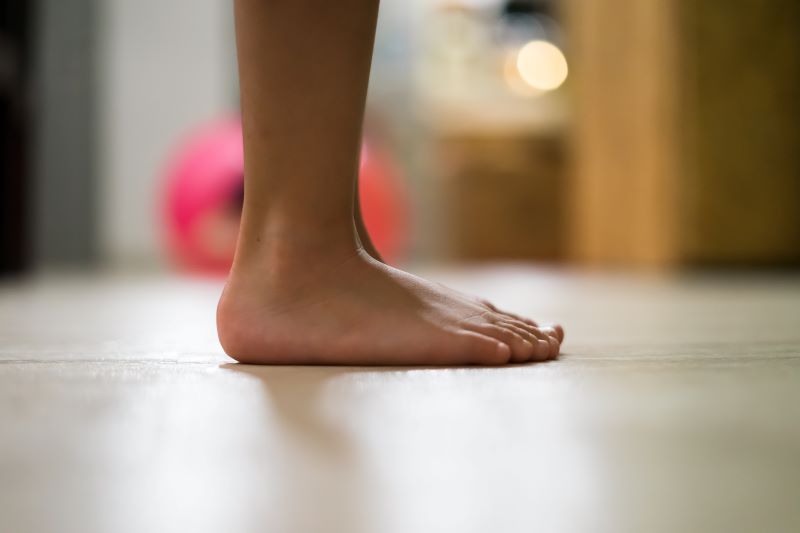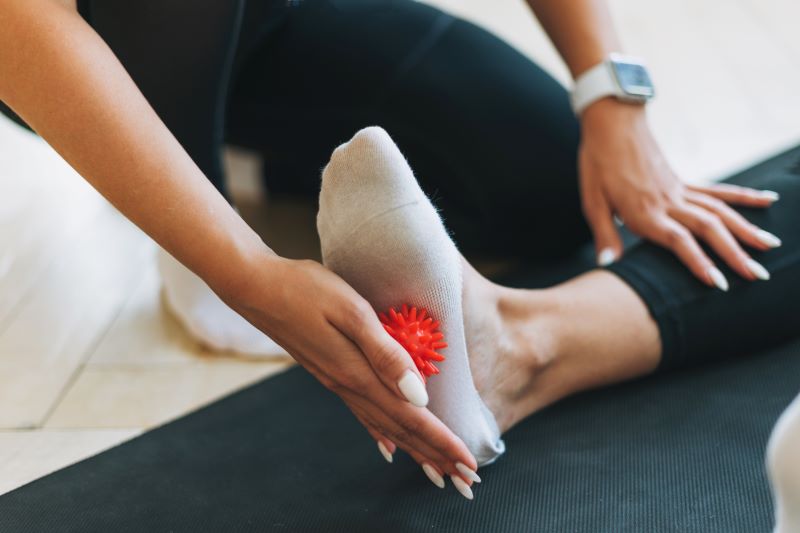A normal foot has three main arches to it: the metatarsal, lateral, and medial. These three arches help your feet bear the weight put on them by your body, and they also help to propel your body forward. If the arches on your feet become flat at some point, the full soles of your feet effectively touch the ground when you’re standing up. Perhaps you’ve had flat feet for a long time, as a defect that you’ve grown up with through childhood. Your foot arches may have never developed. This condition can occur in many ways. In this article, we’ll discuss what flat feet are like, how flat feet can impact your health, and how to fix flat feet if you have them.
 What Are Flat Feet?
What Are Flat Feet?
You may have flat feet if the arches that reside on the insides of your feet are flat, which allows the entire foot soles to touch the ground when you stand. It’s a usually painless and highly common medical condition that you can experience for a number of reasons at a range of specific times in your life depending on the build of your body or lived experiences. If your foot arches did not fully develop during your childhood, you may have flat feet, but there are other causes. In other cases, flat feet can develop due to the simple wear and stress of age or after injury. Flat feet can also contribute to other problems in your knees and ankles.
Flat feet can contribute to problems in your knees and ankles due to the ability of flat feet to effectively alter the alignment of your legs. If you aren’t experiencing marked pain, no specific treatment may be necessary for your flat feet. The majority of people with this condition have no symptoms or signs associated with their flat feet. However, some people that have flat feet do experience some pain in their feet, particularly in the arch or heel areas. Pain can grow worse with significant activity. Swelling along the inside of your ankle may also occur. If you do have significant pain or difficulty pursuing physical activities, it’s suggested that you see a specialist.
Impacts on Your Health
Flat feet often affect various aspects of a person’s full health. Because flat feet or fallen arches don’t provide your feet with the proper support that they need, you may be more likely to have foot pain. Beyond this, you can also develop a condition referred to as plantar fasciitis. Plantar fasciitis is highly common in individuals suffering from flat feet. This condition happens when tendons in your feet start to become overstretched. This unique condition may also cause significant pain in your feet, such as during the morning. Flat feet also tend to cause overpronation. Overpronation occurs when your ankles roll inward when you walk.
Overpronation can also lead to foot and ankle pain. Your feet work as the essential basis of support for your whole body, so having overpronation and flat feet can cause problems with the alignment of your spine. You may observe that you have problems with your knees, lower back, and hips. However, there is a range of treatment options available for people who suffer from one or more of these medical conditions either in relation to or in combination with flat feet. Having flat feet is typically not a type of medical condition that ever fully goes away. Whether your arches fell with age or you were born with flat feet, it’s not fully reversible.
 How to Fix Flat Feet
How to Fix Flat Feet
You can find ways to manage or otherwise reduce the pain you feel due to flat feet. Some of the most effective treatments for this condition help to provide substantial support that may be lost due to fallen arches, and to strengthen your ankles and feet. Some of the most recommended treatments include using anti-inflammatory non-steroidal drugs. Many of these types of drugs are widely available over the counter and include other drugs such as Advil and Aleve. You may also find some relief through physical therapy, which can work to strengthen your ankles and feet. If you suffer from flat feet, consider appropriate nutrition and exercise.
Other things such as wearing a splint or brace can also help relieve some of the pain you may be feeling due to flat feet or fallen arches. Many people have found regular relief while performing regular daily activities with the use of shoe orthotics. Orthotics and the right kind of shoes are vital for people suffering from flat feet. These inserts can effectively correct the positions of your feet and as a result, may even work to correct your posture. If you have fallen arches or flat feet and it’s causing significant pain, some simple treatments can often make this medical condition more manageable and livable.
Arch Support for Flat Feet
There are also specific items to consider that can provide you with more arch support for your flat feet. However, there are different arch support devices available for feet. For long-term comfort and support, you will likely need to add some firm arch support insoles to your regular footwear. A product that has gel or cushy foam in its design but doesn’t provide proper arch support won’t effectively relieve your pain. Figuring out which arch support insoles are best for your unique feet requires that you know the type of flat feet you have- flexible or rigid.
If your feet are flat when you stand or sit, you likely have rigid flat feet and should consider low arch insoles. If your foot appears flat most when you are sitting, you likely have flexible flat feet and need a medium arch.
 Keep Flat Feet From Impacting Your Health
Keep Flat Feet From Impacting Your Health
Certain behaviors and items can work to keep your flat feet from significantly impacting your health. For more support in maintaining your health and pain levels, connect with the Foot & Ankle Specialists of Illinois today.

